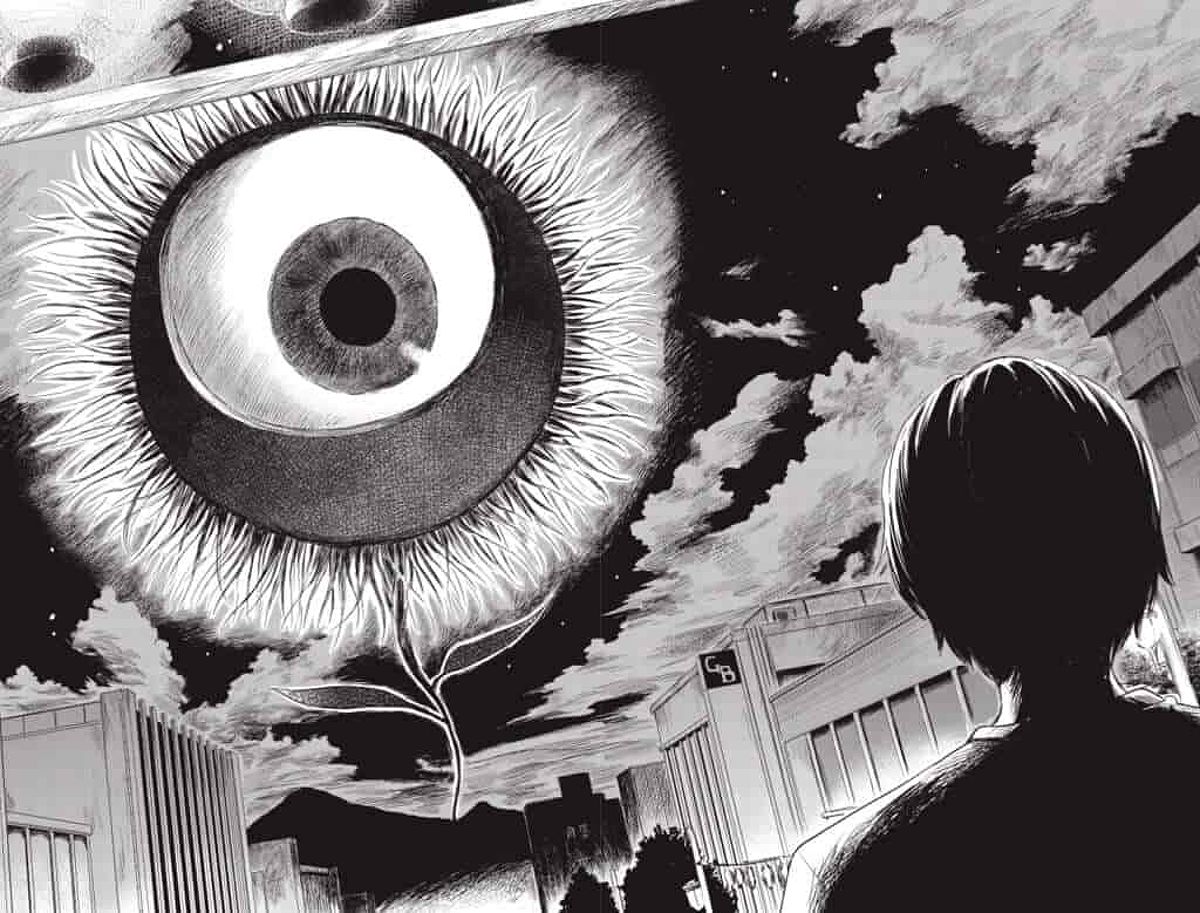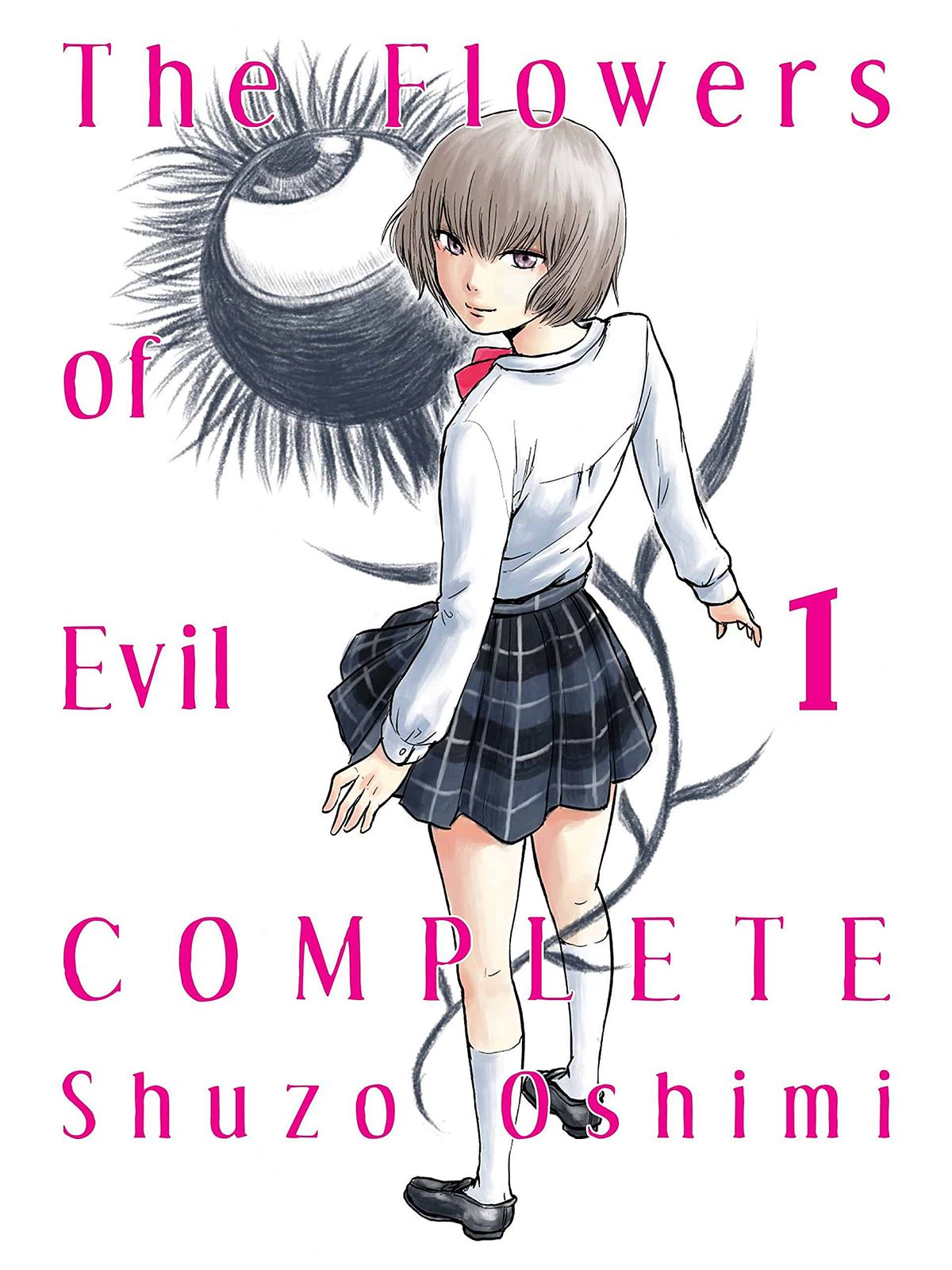Exploring the Raw and Honest Depiction of Depression in ‘The Flowers of Evil’

Discover the heartfelt yet perverted exploration of human emotions in ‘The Flowers of Evil’ manga. Explore the consequences of a middle school student’s mistake and how it spirals into violence. Dive into the evolving art style and the cold, raw narrative that forces readers to confront the darker aspects of their own character.
Exploring the Raw and Honest Depiction of Depression in ‘The Flowers of Evil’
Mangaka Shuzo Oshimi shares a personal episode from his youth in the afterword of the first volume of his manga, ‘The Flowers of Evil.’ He recounts an embarrassing incident where he hid in a unisex bathroom with a mirror, reflecting on the shame he felt afterward. Oshimi’s sincerity and dedication to revealing his own sources of shame give his work a raw and honest feel. This honesty elevates ‘The Flowers of Evil’ beyond typical dramas and angsty stories, making it a heartfelt yet perverted exploration of human emotions.

( Credit to: Asianmoviepulse )
The story is divided into two parts and revolves around Takao Kasuga, a middle school student who has a crush on his classmate Nanako Saeki, the stereotypical pretty girl. One day, Kasuga discovers that he has left a copy of Baudelaire’s ‘The Flowers of Evil’ on his desk. When he returns to his empty classroom, he finds Saeki’s forgotten bag containing her gym clothes. Tempted by the moment, Kasuga impulsively steals the bag and its contents, only to be caught by his classmate Sawa Nakamura, an outcast among their peers. Nakamura, aware of Kasuga’s secret, blackmails him into a pact where he must obey her every command. This dangerous love triangle between the three students escalates in severity until reaching a climactic end in the first part. The second part takes place years later and follows an older Kasuga as he tries to live a normal life amidst the aftermath of his actions.

( Credit to: Asianmoviepulse )
The Realistic Exploration of Consequences
The trope of stealing someone’s clothes for sexual deviance, often referred to as the ‘panty thief’ trope, is commonly used for comedic effect. However, what sets ‘The Flowers of Evil’ apart is the realistic and consequential approach it takes towards this trope. Rather than treating it as a one-off gag, Oshimi explores the repercussions of Kasuga’s mistake and how it spirals into violence. The story gradually shifts into darker and more melancholic territory, showcasing Oshimi’s ability to subtly alter the tone while maintaining a sense of realism.

( Credit to: Asianmoviepulse )
While ‘The Flowers of Evil’ boasts a strong narrative, there are moments where it dips into melodrama. These instances can feel soap opera-esque and detract from the overall cold and raw narrative. However, Oshimi’s skill in portraying facial expressions and his artistic talent prevent the manga from straying too far into contemporary schmaltz.
The Evolving Art Style
The art style of ‘The Flowers of Evil’ evolves alongside the story and characters. Initially, it follows a conventional style with clear lines, cartoonish figures, and heavy use of photographed backgrounds and screentones. However, as the story progresses, Oshimi adopts an expressionistic, hand-drawn approach that embraces the imperfections of pen drawing. The anime aesthetic gives way to a more passive and interpretive style, with buildings and characters becoming less stylized and more rough around the edges. This gradual change in art style serves as a chronicle of Oshimi’s growth as an artist throughout the manga’s serialization.
Depression as Entertainment
‘The Flowers of Evil’ is not a form of escapism but rather an exploration of characters trapped in their situations. Many readers have admitted to feeling depressed while reading the manga, and Oshimi himself has acknowledged the notion of ‘depression as entertainment.’ It is not a manga that allows readers to lose themselves in a story but instead forces them to confront the darker aspects of their own character. It is important to note that this manga may not be suitable for the faint-hearted, but for those who stick with the characters, they will be rewarded with beautiful artwork and a story that is as cold as it is heartfelt.




